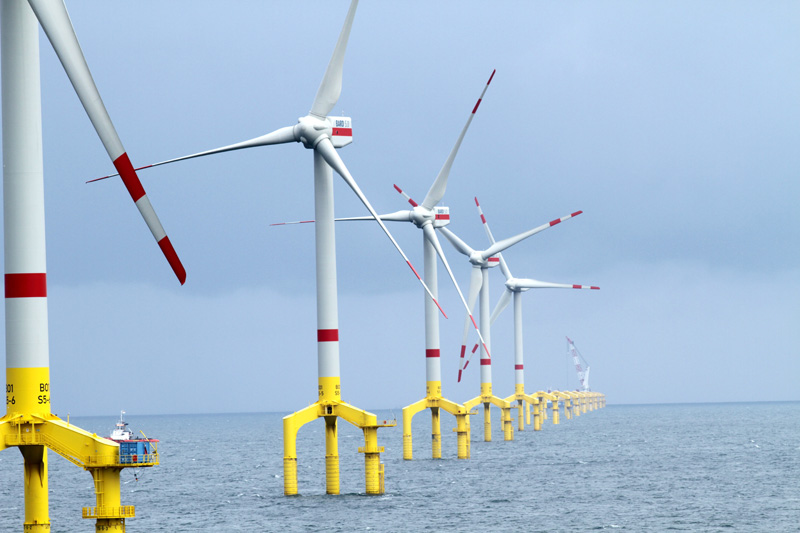elektra
Platinum Member
As the turbine turns,
It sounds like a bad soap opera spin off, the stories that can now be told about the Government dictating that consumers must buy expensive Wind Turbines, but sadly it is reality.
We here of German families power being turned off when they can not afford the extreme costs.
In California the electric bills of middle classed families are now paid with welfare programs.
Why? We were told the Green Industry was free and clean. But sadly, reality emerges in yet another way.
Maintenance costs are not accounted for, and have been extreme, in some cases doubling the cost of Wind Power.
Wind turbine maintenance costs to almost double by 2020
It sounds like a bad soap opera spin off, the stories that can now be told about the Government dictating that consumers must buy expensive Wind Turbines, but sadly it is reality.
We here of German families power being turned off when they can not afford the extreme costs.
In California the electric bills of middle classed families are now paid with welfare programs.
Why? We were told the Green Industry was free and clean. But sadly, reality emerges in yet another way.
Maintenance costs are not accounted for, and have been extreme, in some cases doubling the cost of Wind Power.
Wind turbine maintenance costs to almost double by 2020
Wind turbine maintenance costs to almost double by 2020
19 March 2015, source edie newsroom
The global maintenance expenditure on wind turbines - vital to productivity - is expected to rise from $9.25bn in 2014 to $17bn in 2020

